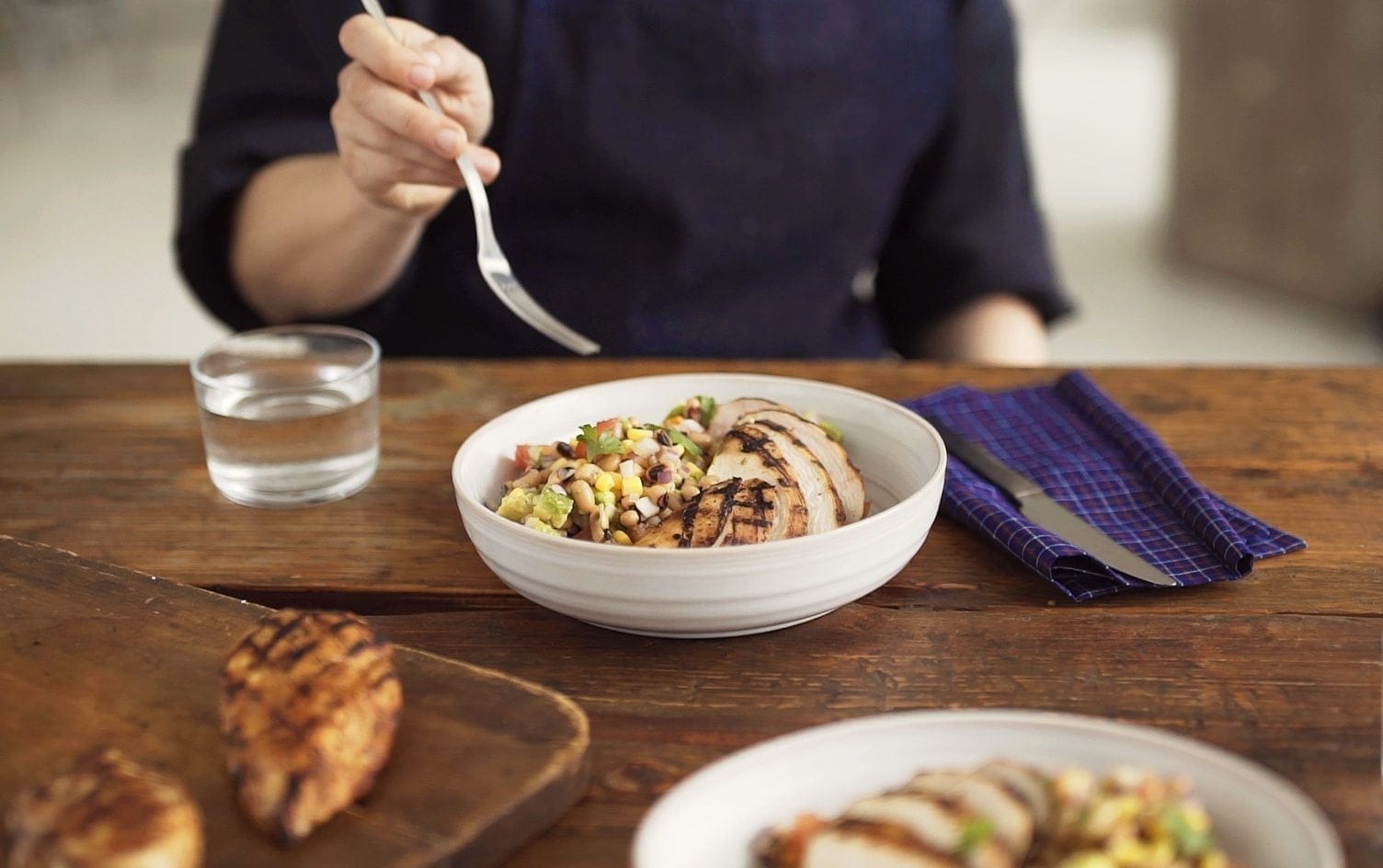After you work out, there’s a certain amount of time in which you are able to replenish the calories burned as a way to boost recovery. Find out the ideal way to do this and why it matters.
When it comes to post-workout nutrition, the window of opportunity is the time immediately following exercise when your body is extra-responsive to nutrition. Think of it as your muscles being like a sponge, quickly absorbing nutrients needed to rebuild and repair. Research indicates that this response occurs in the 30-45 minutes following exercise and can last up to 2 hours.
Exercise activates several factors that promote this “sponge-like” response:
- It triggers activation of the enzyme that stimulates the production of glycogen, the stored form of glucose that is used during intense exercise. While glycogen can be formed and stored long after exercise, it happens most quickly during this initial period of time. This is important for loading muscles and the liver with stored energy for future workouts.
- Muscle membranes become more permeable, allowing needed nutrients to flow into them more easily.
- Body cells become more sensitive to insulin, the key that unlocks the door to allow glucose to enter.
There are two main reasons why recovery nutrition is important. First, it replaces energy and nutrients needed to maintain performance levels during subsequent workouts. Second, it provides nutritional building blocks required to repair and build body tissue after your most recent workout.
WHO NEEDS RECOVERY NUTRITION?
The window of opportunity is most important for athletes who train at a vigorous level, including endurance athletes. Others who can benefit include those who exercise hard for at least an hour or more, those looking to improve their body composition through challenging resistance training and anyone having a difficult time keeping their weight up while exercising. Some research also suggests that older adults may benefit from post-workout nutrition to help maintain lean muscle tissue.
Those who exercise at a low-to-moderate level of intensity and/or for less than an hour may not benefit from immediate post-exercise fuel. It’s important to weigh the pros and cons of total calories consumed versus the impact on recovery.
WHAT SHOULD I EAT AFTER A WORKOUT?
Research has shown pairing carbohydrates and protein is the winning ticket if you want to maximize the benefits of nutrition. Carbohydrates help replace energy and accelerate protein synthesis in the muscle, while protein provides amino acids to repair and rebuild tissue throughout the body.
You can consume carbohydrates and protein together in a variety of ways. Whole foods are always a great choice, but supplements are convenient. If you use supplements regularly, mix in whole foods as often as possible to offer your body a wide array of nutrients.
What that can look like:
- 2 cups low-fat chocolate milk
- 1 cup Greek yogurt with a serving of crackers
- Nutrition bar containing both carbs and protein
- Smoothie with fruit and source of protein
- Small meat and cheese sandwich
- 1/2 cup cottage cheese with 1 cup fruit
- 3 ounces lox (smoked salmon) on 1/2 bagel
As a general rule, try 1–1.2 g carbohydrates per kilogram of body weight, starting with 15–25 g of protein.




